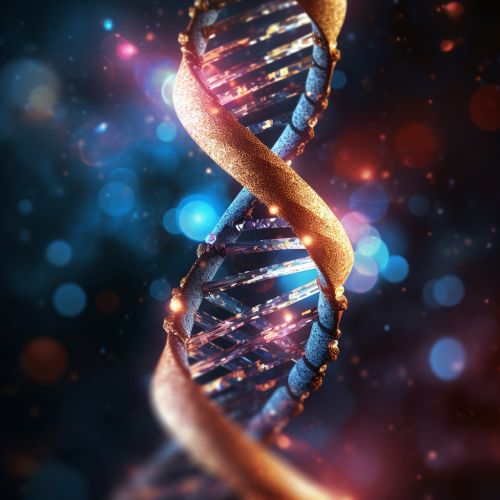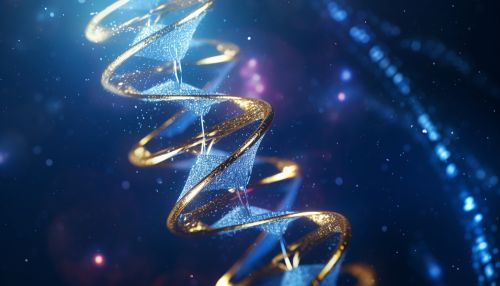DNA Biometrics
Introduction
DNA Biometrics is a subset of biometric identification methods that utilizes the unique genetic code found in every individual's DNA to verify identity. This technology has the potential to provide a high level of security, as DNA is nearly impossible to forge or alter.


DNA Structure and Variability
DNA, or deoxyribonucleic acid, is a molecule composed of two chains that coil around each other to form a double helix. Each chain is made up of a sugar and phosphate backbone, with nitrogenous bases extending from it. These bases, adenine (A), thymine (T), guanine (G), and cytosine (C), pair up to form the rungs of the DNA ladder. The sequence of these base pairs is unique to each individual, making DNA an ideal candidate for biometric identification.
The human genome contains about 3 billion base pairs, and while 99.9% of these are identical among all humans, the remaining 0.1% is unique to each individual. These unique regions, known as single nucleotide polymorphisms (SNPs), are what DNA biometrics focuses on.
DNA Biometric Techniques
There are several techniques used in DNA biometrics, including polymerase chain reaction (PCR), short tandem repeats (STRs), and mitochondrial DNA (mtDNA) analysis.
PCR is a technique used to amplify a specific DNA sequence, making it easier to analyze. STR analysis involves examining specific regions of DNA where a sequence of base pairs is repeated. The number of repeats at these locations varies among individuals, making STRs a useful tool for identification.
mtDNA analysis is another method used in DNA biometrics. Unlike nuclear DNA, which is inherited from both parents, mtDNA is inherited solely from the mother. This makes mtDNA a valuable tool for tracing maternal lineage and identifying individuals.
Applications of DNA Biometrics
DNA biometrics has a wide range of applications, including forensic science, immigration control, and paternity testing.
In forensic science, DNA biometrics can be used to identify suspects or victims in criminal investigations. DNA evidence can also be used in court to convict or exonerate individuals.
In immigration control, DNA biometrics can be used to verify familial relationships in cases where documentation is lacking or unreliable. This can be particularly useful in refugee situations, where individuals may not have access to traditional forms of identification.
Paternity testing is another common application of DNA biometrics. By comparing the DNA of a child to that of a potential father, it is possible to determine with a high degree of certainty whether the individual is the biological parent.
Challenges and Ethical Considerations
While DNA biometrics offers many advantages, there are also challenges and ethical considerations to take into account. These include privacy concerns, the potential for misuse of genetic information, and the risk of false positives or negatives.
Privacy is a major concern when it comes to DNA biometrics. Unlike other forms of biometric data, such as fingerprints or iris scans, DNA contains a wealth of personal information, including potential health risks and familial relationships. There are concerns about who should have access to this information and how it should be stored and used.
The potential for misuse of genetic information is another concern. For example, insurance companies or employers could potentially use genetic information to discriminate against individuals based on their genetic risk for certain diseases.
Finally, while DNA biometrics is highly accurate, there is still a risk of false positives or negatives. This could have serious implications in contexts such as criminal investigations or immigration control.
Conclusion
DNA biometrics is a powerful tool for identification, with a wide range of applications. However, its use also raises important ethical and privacy concerns that must be carefully considered. As technology continues to advance, it will be important to establish clear guidelines and regulations to ensure the responsible use of DNA biometrics.
